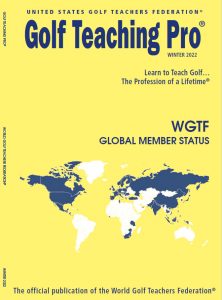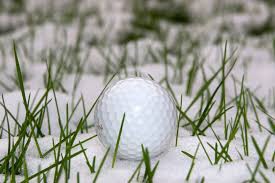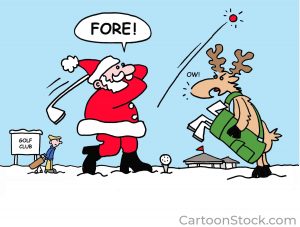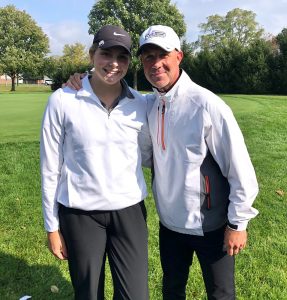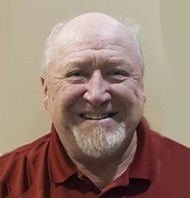“PRO” File – Kevin Na
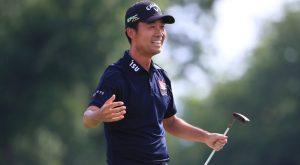 Teaming with Jason Kokrak, Kevin Na and his partner won the recently completed QBE Shootout to end the 2022 season for events consisting solely of PGA Tour players, albeit an unofficial event. After a slow start to his career in terms of winning, Na has now tasted victory in five official PGA Tour events, beginning with the 2011 event in Las Vegas and with his most recent win in the 2021 Sony Open of Hawaii. The latter victory made it four wins in the past 3 1/2 years for Na, who, while not a superstar, has become a steady presence on the leaderboards.
Na turned pro at the age of 17, eschewing college golf. Most observers still think that playing college golf, at least for a couple of years, is the best path to make the PGA Tour, but Na’s success, and that of many DP World Tour (formerly European Tour) players, shows that talent will prevail in the end. Although Na is 39, he seems to be a relatively young 39 and it’s a good bet he’ll win a few more times before all is said and done.
Teaming with Jason Kokrak, Kevin Na and his partner won the recently completed QBE Shootout to end the 2022 season for events consisting solely of PGA Tour players, albeit an unofficial event. After a slow start to his career in terms of winning, Na has now tasted victory in five official PGA Tour events, beginning with the 2011 event in Las Vegas and with his most recent win in the 2021 Sony Open of Hawaii. The latter victory made it four wins in the past 3 1/2 years for Na, who, while not a superstar, has become a steady presence on the leaderboards.
Na turned pro at the age of 17, eschewing college golf. Most observers still think that playing college golf, at least for a couple of years, is the best path to make the PGA Tour, but Na’s success, and that of many DP World Tour (formerly European Tour) players, shows that talent will prevail in the end. Although Na is 39, he seems to be a relatively young 39 and it’s a good bet he’ll win a few more times before all is said and done.


